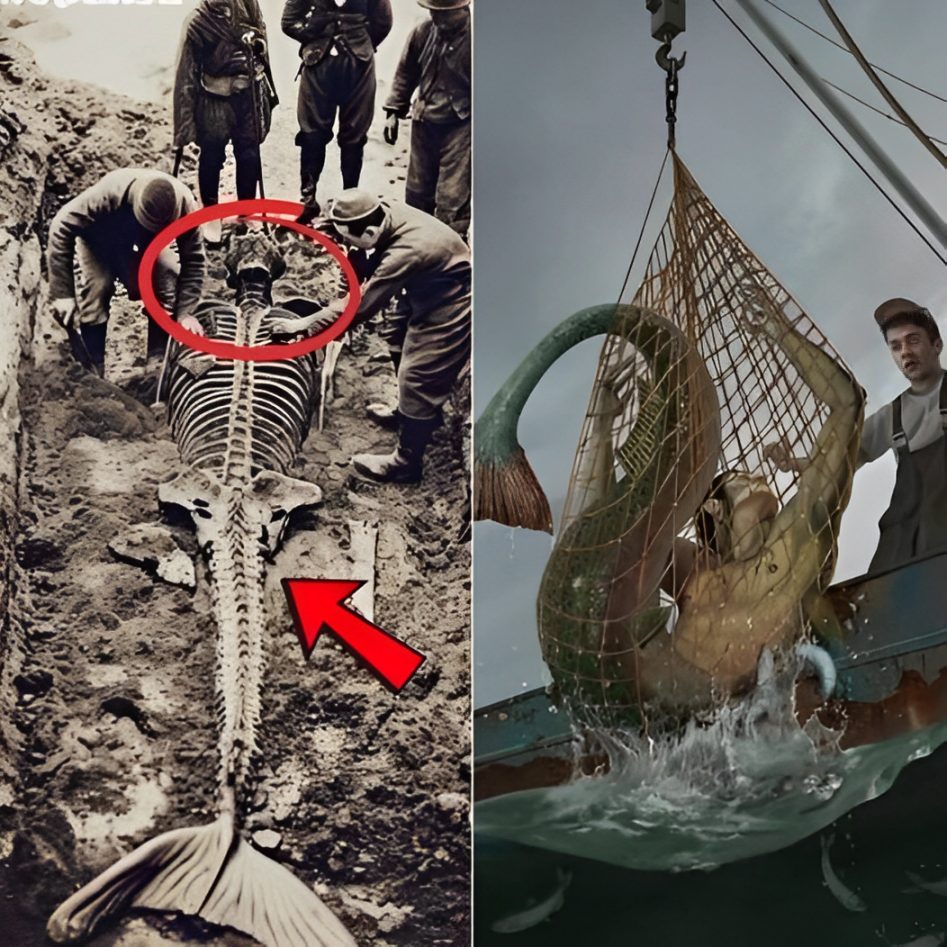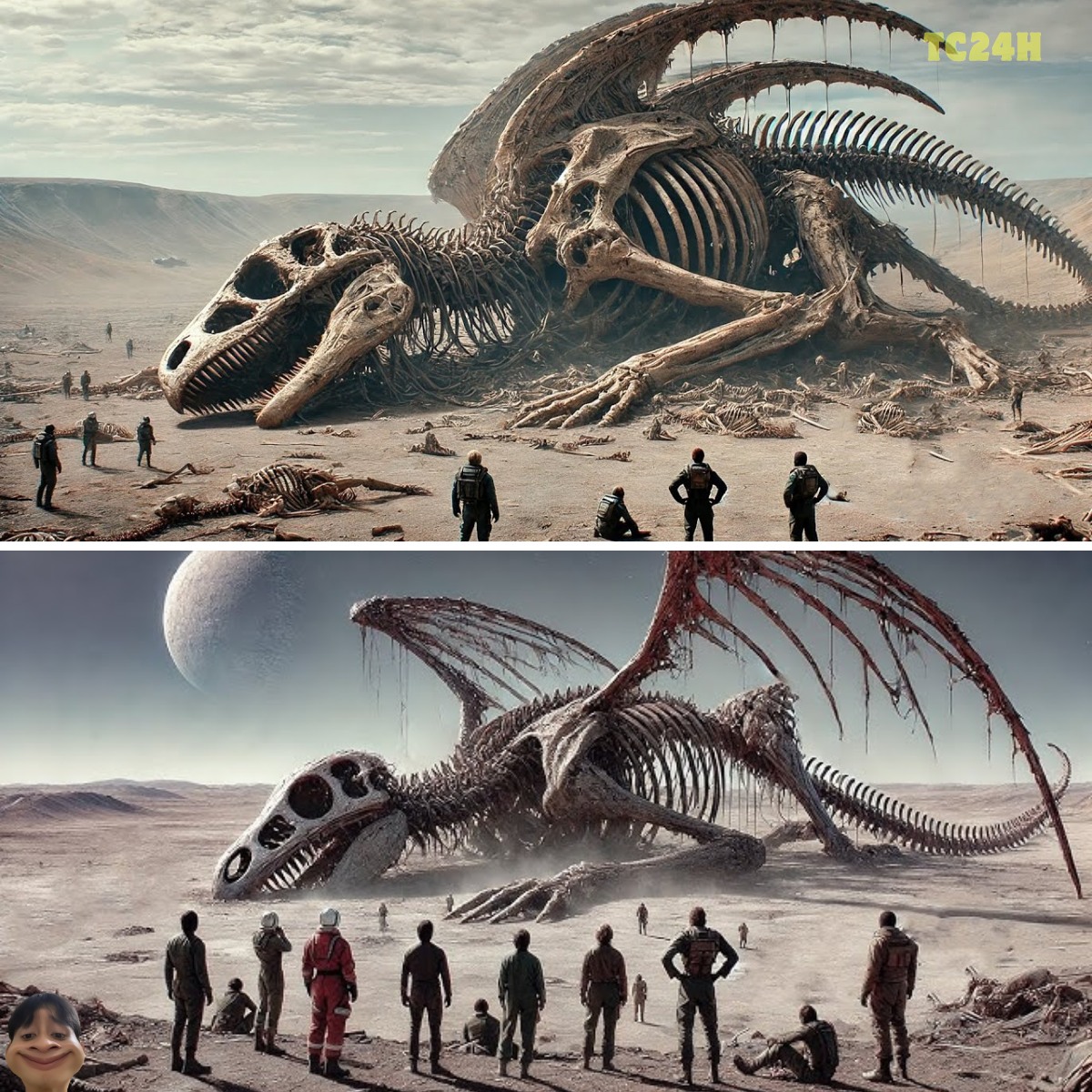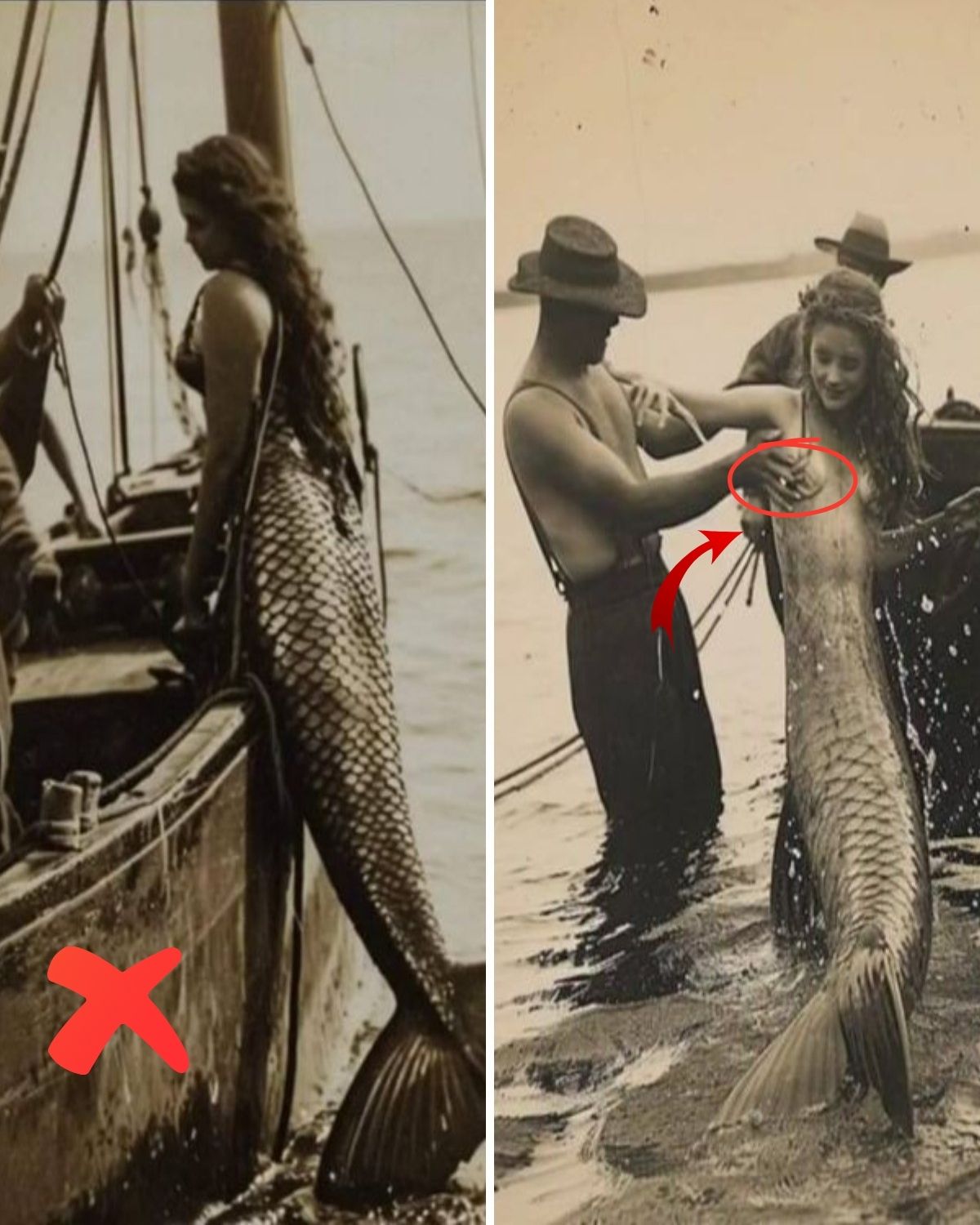 “Are we alone in this universe?” is something many of us have asked ourselves. While humanity has no definitive answers to this question yet, scientists are constantly on the lookout for clues that might point to the existence of extraterrestrial life. And what better way to start than to find other Earth-like planets that might be capable of sustaining life?
“Are we alone in this universe?” is something many of us have asked ourselves. While humanity has no definitive answers to this question yet, scientists are constantly on the lookout for clues that might point to the existence of extraterrestrial life. And what better way to start than to find other Earth-like planets that might be capable of sustaining life?
Of late, there’s been a large influx of research probing into exoplanets, although the motivation behind these studies varies across organizations. Some are merely looking for a solution to the alien life puzzle, while others are hunting for a second home for us Earthlings to settle on.
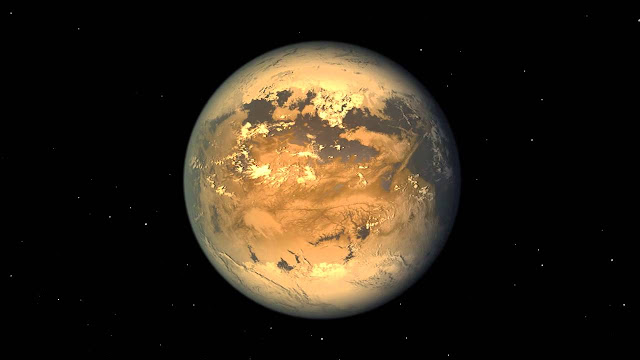
Now, we might have some good news for all you exoplanet-enthusiasts. The Subaru Strategic Program — initiated in 2007 to produce outstanding scientific outcomes using Japan’s Subaru Telescope — has helped discover a super-Earth skimming the edges of the habitable zone of a red dwarf star just 37 light-years from our home planet!
Home away from home?
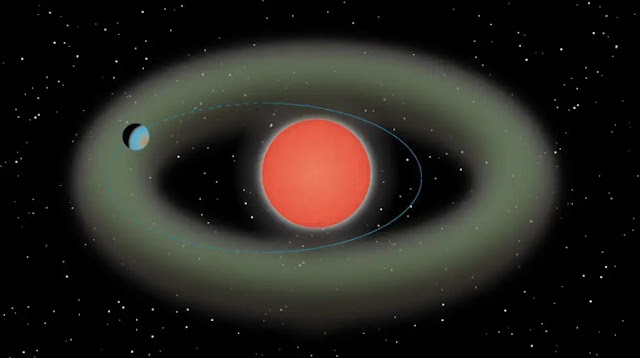 Schematic diagram of the newly discovered Ross 508 planetary system. The green region represents the habitable zone (HZ) where liquid water can exist on the planetary surface. The planetary orbit is shown as a blue line. For more than half of its orbit, the planet is estimated to lie closer than the HZ (solid line) and within the HZ (dashed line) for the rest of the orbit. (Astrobiology Center)
Schematic diagram of the newly discovered Ross 508 planetary system. The green region represents the habitable zone (HZ) where liquid water can exist on the planetary surface. The planetary orbit is shown as a blue line. For more than half of its orbit, the planet is estimated to lie closer than the HZ (solid line) and within the HZ (dashed line) for the rest of the orbit. (Astrobiology Center)
Named Ross 508b, this ‘super-Earth’ is a rocky world with a mass around four times that of our Earth.
And a year on Ross 508b lasts for just 11 Earth-days! This, of course, means that its orbit is not very large — which is understandable because red dwarfs are a lot smaller than the Sun that centers our solar system.
But their smaller sizes mean that their gravitational fields are also not as expansive as the Sun’s. Therefore, Ross 508b revolves around it at a distance of just 5 million kilometers. Considering Mercury, for comparison, the planet is about 60 million kilometers from the Sun.
The short distance between this super-Earth and its red dwarf begs the question: how could it possibly be deemed habitable?
Well, the Ross 508b’s orbit is elliptical, meaning it isn’t always as close to the star, and pretty much dips in and out of the habitable zone.
A planet like this may be able to retain water on its surface. Whether or not water or life actually thrives there is still up for debate and some serious research.
The relationship between red dwarfs and habitable planets
Three-quarters of the stars in the Milky Way galaxy are red dwarfs smaller than the Sun and such stars are abundant in the solar neighborhood. Because of this, they are crucial targets in humanity’s hunt for neighboring extra-solar planets and extraterrestrial life.
However, red dwarfs are cooler than other types of stars and emit less visible light, which makes studying them challenging.
What makes this find even more special is that it is the first exoplanet to be found by the Subaru Strategic Program using the infrared spectro-graph IRD on the Subaru Telescope (IRD-SSP).
The team at Astrobiology Center in Japan developed IRD specifically to search for red dwarf-orbiting exoplanets like Ross 508b. It relies on a planet-hunting technique that looks for minute deviations in the velocity of a star to infer a planet orbiting it.
It wouldn’t be a stretch to assume that the Subaru Telescope could bestow us even better candidates for habitable planets around red dwarfs.
“It has been 14 years since the start of IRD’s development. We have continued our development and research with the hope of finding a planet exactly like Ross 508b,” said Tokyo Institute of Technology’s Professor Bun’ei Sato, the principal investigator of IRD-SSP.
This study has opened doors for future observations to confirm the possibility of life around low-mass stars.
The research findings have been detailed in the Publication of the Astronomical Society of Japan and can be accessed here.


